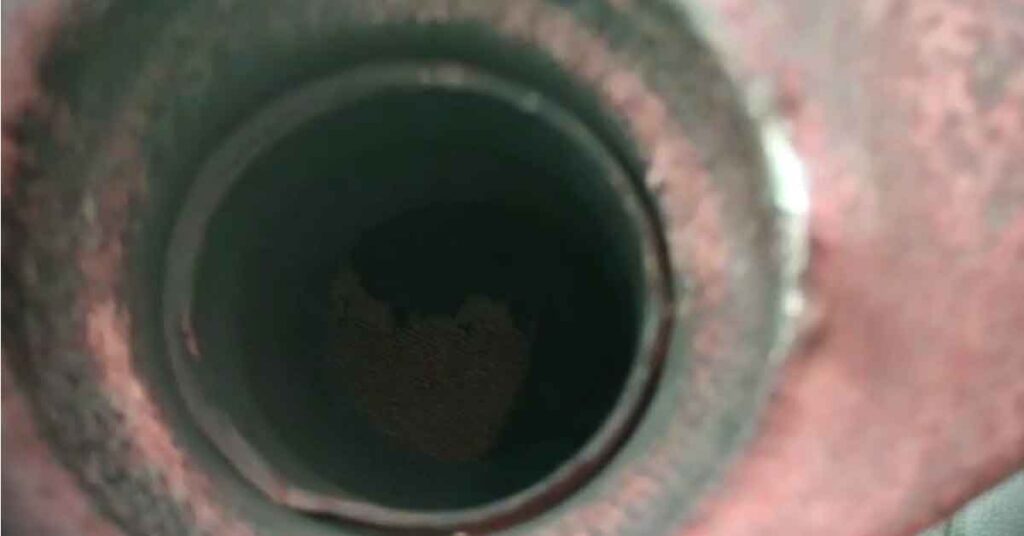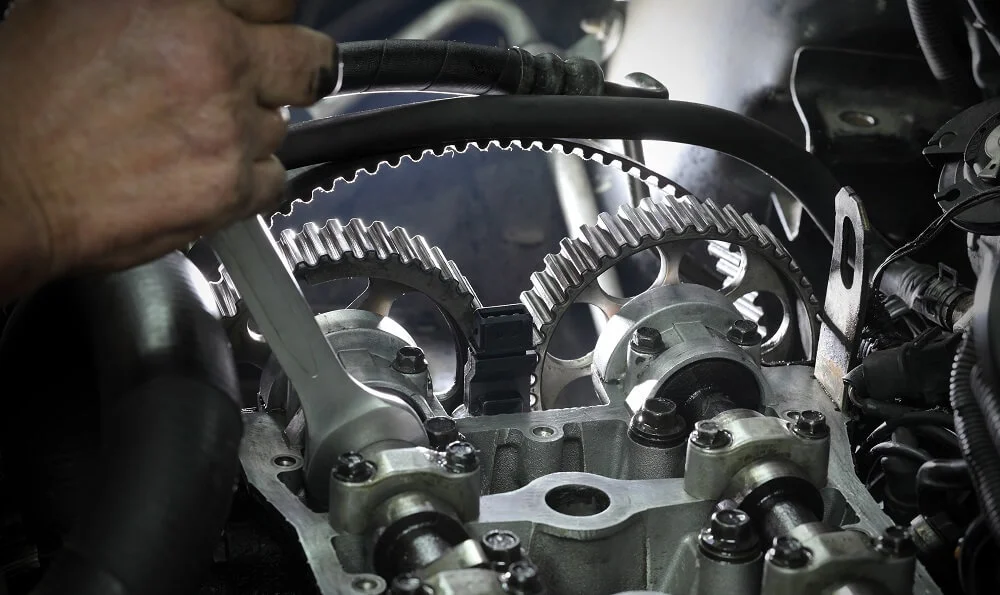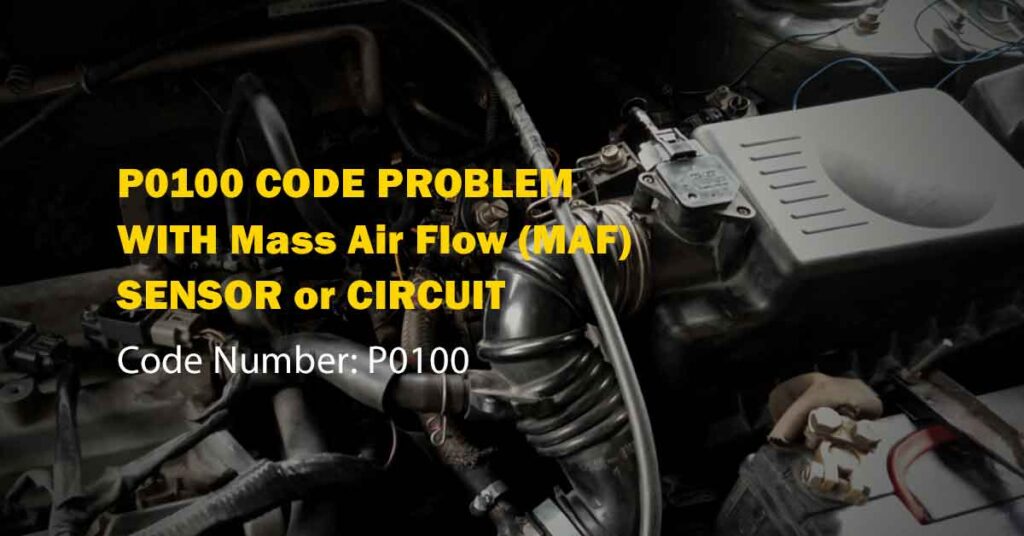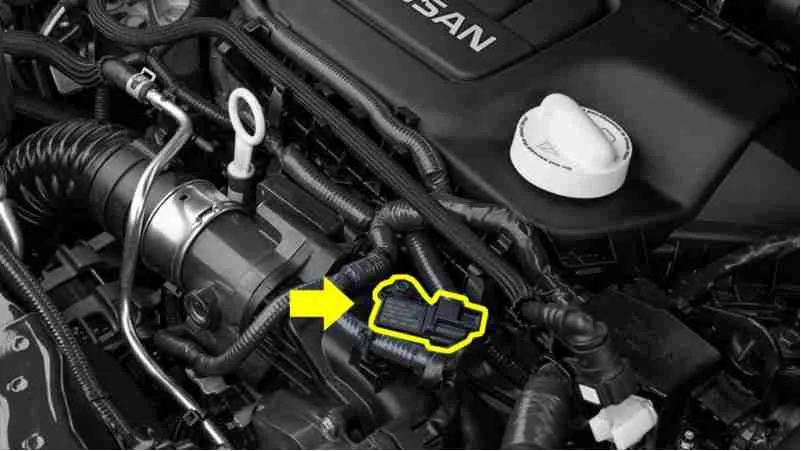What Does the P0420 Code Mean?
The P0420 code stands for:
“Catalyst System Efficiency Below Threshold (Bank 1).”
This means that the catalyst system efficiency is below the expected threshold, typically indicating that the converter is not functioning properly. The engine control unit (ECU) monitors the oxygen sensors before and after the catalytic converter. If the downstream O2 sensor detects similar readings to the upstream sensor, it means that the catalytic converter is not performing efficiently in reducing harmful emissions.
Understanding the P0420 Code: Causes, Symptoms, and Solutions for Ford Vehicles
The P0420 code is a common emissions code that indicates that the catalytic converter is not functioning efficiently. If you own a Ford vehicle and have encountered this error code, it’s important to understand its meaning, possible causes, symptoms, and solutions to resolve the issue efficiently.

What is a Catalytic Converter?
A catalytic converter is an essential part of a vehicle’s exhaust system. It helps reduce hydrocarbon emissions by converting harmful pollutants such as carbon monoxide and nitrogen oxides into less harmful gases before releasing them into the atmosphere. When the converter efficiency issue occurs, it means that the converter is damaged or clogged, leading to increased emissions.
Symptoms of the P0420 Code
If your Ford vehicle has the P0420 error code, you may notice one or more of the following symptoms:
- Check Engine Light (CEL) On – An illuminated check engine light is the most common sign of a 420 code.
- Decreased Fuel Efficiency – A failing catalytic converter can cause reduced fuel economy.
- Loss of Engine Power – Sluggish acceleration or reduced performance due to a clogged converter.
- Sulfur Smell (Rotten Egg Odor) – A failing catalytic converter may produce a strong sulfur-like smell from the exhaust gases.
- Rattling Noise from the Catalytic Converter – If the inside of the converter is broken, it may produce a rattling sound.
- Failed Emissions Test – If the hydrocarbon emissions are elevated, your vehicle may fail emissions testing.
Common Causes of the P0420 Code
The P0420 code can be triggered by multiple factors, including:
1. Faulty Catalytic Converter
- The most common cause of the P0420 code is a failing or clogged catalytic converter.
- Converters don’t fail without a cause, so diagnosing the underlying issue is important.
2. Faulty Oxygen Sensors
- The O2 sensors monitor the converter efficiency.
- Replacing the O2 sensors may resolve the issue if they send incorrect readings.
3. Exhaust Leaks
- A leak in the exhaust system before the converter can cause incorrect sensor readings.
4. Engine Misfires
- Misfires in cylinders can cause unburned gases to enter the catalytic converter, leading to overheating and failure.
5. Fuel Mixture Issues
- Fuel injectors, malfunctioning mass airflow sensor (MAF), or vacuum leaks can cause a rich or lean air-fuel mixture, affecting the catalyst system efficiency.
6. Contaminated Catalytic Converter
- Oil, coolant, or unburned fuel can clog or damage the converter.
7. ECU (Engine Control Unit) Issues
- Updating the engine control unit (ECU) can sometimes resolve the P0420 error code.
How to Diagnose the P0420 Code in a Ford Vehicle
1. Use an OBD-II Scanner
- Cracking the code involves using a diagnostic scanner to retrieve trouble codes.
- If other related codes appear, they should be addressed first.
2. Inspect the Exhaust System
- Check for leaks, rust, or damage in the exhaust systems and pipes.
3. Test the Oxygen Sensors
- Graphing the rear oxygen sensor using a scan tool can help diagnose sensor issues.
4. Check for Misfires
- Inspect spark plugs, fuel injectors, and ignition coils for proper operation.
5. Perform a Catalytic Converter Efficiency Test
- Testing converter performance includes checking for steady 450mV or higher voltage readings.
- An analyzer will allow professionals to measure hydrocarbons to be elevated.
Solutions to Fix the P0420 Code
1. Replace the Catalytic Converter
- If the converter is damaged or clogged, replacing the catalytic converter is the best solution.
2. Replace Faulty Oxygen Sensors
- If replacing the O2 sensors resolves the issue, it saves on unnecessary converter replacement.
3. Fix Exhaust Leaks
- Repair any exhaust leaks to ensure proper sensor readings.
4. Address Engine Misfires
- Replace spark plugs, fuel injectors, or ignition coils if needed.
5. Use a Catalytic Converter Cleaner
- A catalytic converter cleaner can sometimes help remove deposits and restore efficiency.
6. Update the ECU Software
- In some cases, reprogramming the ECU can fix code P0420.
Can You Drive with a P0420 Code?
While you can still drive with a P0420 code, the light comes back on if the issue isn’t resolved. It’s best to get the problem diagnosed and fixed as soon as possible to avoid further damage caused by a converter efficiency issue.
Conclusion
The P0420 Ford code is a common emissions code that indicates a problem with the catalytic converter efficiency. Diagnosing and fixing the 420 code involves checking the O2 sensors, exhaust leaks, and converter performance. If the converter is not functioning efficiently, it may need to be replaced. Following the steps above can help you resolve the issue and restore your vehicle’s performance.
If you’ve cleared the code but the light comes back, consider consulting a certified technician or mechanic for further diagnostics. Proper repairs will help maintain your vehicle’s fuel economy and emission standards. 🚗💨





